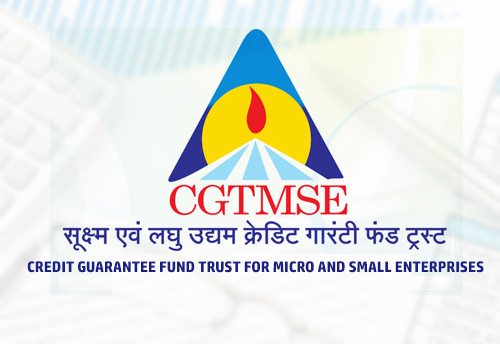
Collateral-free Credit for Entrepreneurs: Understanding the CGTMSE Scheme
Introduction:
In today's competitive business landscape, access to credit plays a crucial role in the growth and success of small enterprises. Recognizing this need, the Indian government introduced the Credit Guarantee Fund Trust for Micro and Small Enterprises (CGTMSE) scheme. This scheme aims to provide collateral-free credit to micro and small businesses, facilitating their financial aspirations and fostering entrepreneurship. In this blog, we will delve into the key aspects of the CGTMSE scheme, including eligibility criteria, the application process, interest rates, and implications of default.
1. Understanding the CGTMSE Scheme:
The CGTMSE scheme, established in 2000, is a collaborative effort between the Ministry of Micro, Small and Medium Enterprises (MSME) and the Small Industries Development Bank of India (SIDBI). Its primary objective is to remove the collateral barrier faced by small businesses when seeking credit from financial institutions. By providing a credit guarantee to lenders, the scheme encourages banks and other participating institutions to extend loans to micro and small enterprises.
2. Eligible Startup or Business Categories:
The CGTMSE scheme caters to micro and small enterprises operating in various sectors. Micro enterprises are those with investments up to Rs. 1 crore in plant and machinery, while small enterprises have investments between Rs. 1 crore and Rs. 5 crore. Startups and businesses engaged in manufacturing, services, or any other eligible sector can apply for the scheme's benefits.
3. Applying for the CGTMSE Scheme:
To apply for the CGTMSE scheme, interested entrepreneurs need to approach eligible lending institutions such as banks, non-banking financial companies (NBFCs), or other financial institutions that are registered under the scheme. The applicant must submit a loan application along with necessary documents, including a detailed project report, financial statements, and business plans. The lending institution assesses the application and forwards it to CGTMSE for guarantee coverage. You can also check the Udaan poral launched by CGTMSE at https://www.udaanformse.in/udaan/home
4. Interest Rates for the CGTMSE Scheme:
The interest rates for loans provided under the CGTMSE scheme are determined by the lending institutions. These rates may vary based on factors such as the borrower's creditworthiness, the prevailing market conditions, and the institution's internal policies. It is advisable for borrowers to compare interest rates offered by different lenders and choose the most favorable option.
5. Implications of Default:
In case of default in repaying the principal or interest amount, the CGTMSE scheme provides protection to the lender. The lending institution can make a claim to CGTMSE for the guaranteed portion of the loan. However, it is important to note that defaulting on loan repayments can have serious consequences, including damage to creditworthiness and legal implications. Borrowers are advised to proactively communicate with the lender in case of financial difficulties and explore options for restructuring or rescheduling the loan.
Conclusion:
The CGTMSE scheme has emerged as a valuable initiative in promoting the growth of micro and small enterprises in India. By providing collateral-free credit, it has opened doors of financial opportunities for aspiring entrepreneurs. However, it is crucial to understand the eligibility criteria, application process, and associated responsibilities before availing the benefits of the scheme. By leveraging the CGTMSE scheme effectively, small businesses can access the necessary funds to fuel their growth and contribute to the country's economic development.
Note: If you have or face any issue with the process, you can reach out to CGTMSE official email at: info@indiansmechamber.com
Post a comment
Get your FREE PDF on "100 Ways to Try ChatGPT Today"
Generating link, please wait for: 60 seconds
Comments
Diamond traders
Saturday, February 24, 2024 at 11:26 AM ISTGood